Better Know a Ken: Ehime
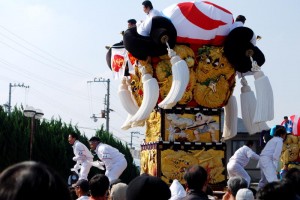 Hello from Ehime! (愛媛) We’re nestled on the island of Shikoku between Kagawa and Kochi Prefecture. Maybe you’ve heard of us from the Japanese drama “Saka no Ue no Kumo� No? How about as having the oldest onsen in Japan? No? That we’re the third phase in the famed Shikoku 88 temple pilgrimage? Still No? Well, let me personally introduce you to the “Love Princess.†(愛=love,媛=princess) She’s quite charming once you get to know her.
Hello from Ehime! (愛媛) We’re nestled on the island of Shikoku between Kagawa and Kochi Prefecture. Maybe you’ve heard of us from the Japanese drama “Saka no Ue no Kumo� No? How about as having the oldest onsen in Japan? No? That we’re the third phase in the famed Shikoku 88 temple pilgrimage? Still No? Well, let me personally introduce you to the “Love Princess.†(愛=love,媛=princess) She’s quite charming once you get to know her.
First of all, the two most famous things in Ehime are mikans (mandarin oranges) and Dogo Onsen. As the Sex Machine Guns sing in their quintessential song, “Mikan no uta,†“Ehime no mikan wa sekai ichi!†(Ehime mikans are the best in the world!) The next time you hit the grocery store, hunt down a bottle of orange “POM†juice for a little taste of it.
Now to Dogo Onsen (é“後温泉), the oldest onsen in Japan with a history spanning more than 3,000 years. Anime-lovers may also recognize its curvy roof and traditional exterior as that which inspired the onsen in Hayao Miyazakai’s movie “Spirited Away.†For being so famous and a national treasure, the onsen is surprisingly small, but the ambience makes it a worthwhile visit.
 Actually, Dogo area’s theme is based on the classic book “Botchan.†It was written by the celebrated author Natsume Soseki after his one short year teaching in Matsuyama, the capital of Ehime. It’s amusing that Matsuyama so embraced a book that poked fun at it. Still, I think Soseki would have enjoyed today’s sweet Botchan Dango, Madonna beer at Dogo Brewery, and the Gizmo Clock (featuring animatronic Bothchan characters).
Actually, Dogo area’s theme is based on the classic book “Botchan.†It was written by the celebrated author Natsume Soseki after his one short year teaching in Matsuyama, the capital of Ehime. It’s amusing that Matsuyama so embraced a book that poked fun at it. Still, I think Soseki would have enjoyed today’s sweet Botchan Dango, Madonna beer at Dogo Brewery, and the Gizmo Clock (featuring animatronic Bothchan characters).
Soseki’s mentor was Matsuyama-born Masaoka Shiki. Most of you have probably never heard of him, but I’m sure you know his three line, 5-7-5 syllable haiku style. Shiki is credited as the father of this haiku structure and is considered one of the four great masters of haiku! There is a Shiki Memorial Museum in his honor.
Shiki’s not the only renowned Ehime writer. An Internet search for Japan’s only two Nobel Prize winners in literature brings up the name Kenzaburo Oe, who hails from the little town of Uchiko. Uchiko is famous in its own right for the historical, 150-year old merchant shops and houses still in use today. These buildings are remnants of its once flourishing mokuro (Japanese vegetable-based wax) and washi (Japanese paper) industries. Those days are long gone, but visitors today can still buy wax candles or try their hand at making washi. The standout building amongst all this is Uchiko-za, their full-scale kabuki theater. Call ahead for one of the volunteer English guides who will give you a tour of Uchiko for free.
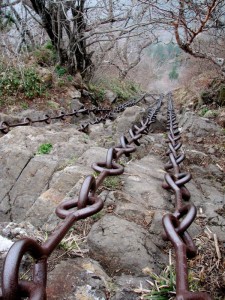 A 9-minute express train away is Ozu City. In Ozu runs the Hijikawa River, one of only three major cormorant fishing locations in Japan. If you visit sometime from June to September, reserve a boat and bento, then prepare to be mesmerized as masters aptly coax multiple cormorants to dive and fetch ayu (sweet fish) amidst firelight and the foreboding Ozu Castle. Not an experience to be missed.
A 9-minute express train away is Ozu City. In Ozu runs the Hijikawa River, one of only three major cormorant fishing locations in Japan. If you visit sometime from June to September, reserve a boat and bento, then prepare to be mesmerized as masters aptly coax multiple cormorants to dive and fetch ayu (sweet fish) amidst firelight and the foreboding Ozu Castle. Not an experience to be missed.
Anyway, if you’re like me, eating local delicacies is high on the to-do list. There are two MUST eats in Ehime: 1. Tai meshi. (鯛飯) 2. Imabari yakitori. (今治ã®ç„¼ãé³¥)
When talking about tai, or sea bream, I have to mention Ainan (æ„›å—), the southernmost area in Ehime. Ainan is a seaside haven, whose rich, calm waters nurture tropical corals, colorful fish, and the abundant pearl and tai farms in the region. Ehime produces 50% of the tai fish consumed in Japan, so tasting the popular tai meshi here nearly guarantees a culinary win. But don’t get confused by the two types: the south (Uwajima/Ainan) proudly serves sweet, tai sashimi over rice; while the north (Matsuyama and Imabari) serve it cooked and flavorful over rice. Both are irresistible.
Imabari yakitori is up north. Believe it or not, it’s home to the most yakitori restaurants in Japan! About one restaurant for every 10,000 people. Maybe it’s because instead of using a typical grill net and flame, Imabari-ans cook on a griddle, or metal plate. This helps maximize the moisture and flavor in the meat creating possibly the best yakitori in Japan.
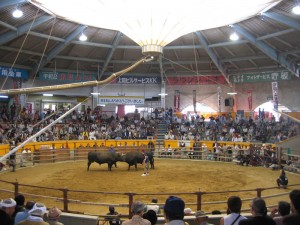 There are many other local dishes worth mentioning such as jakoten, Yawatahama champom, horaku yaki, etc., but I’ll let you stumble upon these gems serendipitously. Also, don’t forget about the little fruit farms! Depending on the season, you can pay to pick all the strawberries, blueberries, apples, grapes, figs, or tomatoes you can eat.
There are many other local dishes worth mentioning such as jakoten, Yawatahama champom, horaku yaki, etc., but I’ll let you stumble upon these gems serendipitously. Also, don’t forget about the little fruit farms! Depending on the season, you can pay to pick all the strawberries, blueberries, apples, grapes, figs, or tomatoes you can eat.
This sounds strange, but Ehime also has great water. Yes, water. Saijo City up north is known for uchinuki, its exceptionally fresh and “delicious†spring water. Uchinuki was named one of the 100 famous spring waters throughout Japan and is the focus of Saijo’s “Aqua Route,†which takes tourists through the city using springs as markers. Maybe uchinuki is the reason Asahi decided to place their only Shikoku beer brewery in Saijo. This too, is available for touring.
On the flipside, there are the clear, seawaters previously mentioned in Ainan. The area is a spectacular spot for snorkeling, glass-bottomed boats, sea kayaking, and swimming. Even my friend from Hawaii gave it the thumbs up!
Swimming isn’t the only outdoor activity around. Aside from the triathlon, camping areas, marathons, and small ski areas, I recommend that everyone hike Mt. Ishizuchi and bike across the Shimanami Kaido bridges. Honestly, you don’t need to be athletic at all to do it. (I managed!)
Mt. Ishizuchi is the tallest mountain in West Japan, so hiking it means one can brag a bit. Its coolest features are the climbing, “trial†chains hung along 4 points of the path. It sounds intimidating, but the optional chains made for a very memorable hike. I took them up, but not down.
 Shimanami Kaido is a 60-kilometer bike route through 6 islands between Imabari and Onomichi (Hiroshima Prefecture). It is simply gorgeous. Parks, museums, beaches, and natural whirlpools along the way made this one of my best outdoor experiences in Ehime. Please rent a bike at one of the route’s cycling center locations.
Shimanami Kaido is a 60-kilometer bike route through 6 islands between Imabari and Onomichi (Hiroshima Prefecture). It is simply gorgeous. Parks, museums, beaches, and natural whirlpools along the way made this one of my best outdoor experiences in Ehime. Please rent a bike at one of the route’s cycling center locations.
If you have extra time in Imabari, also swing by the towel museum. Yes, such a thing exists, especially in a city that accounts for 60% of Japan’s towel production! If towels bore you, there is always the small but quirky sex museum, Dekoboko ShindÅ (å‡¸å‡¹ç¥žå ‚), down in Uwajima on the grounds of the Taga fertility shrine.
Uwajima is also known for bullfights! No, don’t think Spanish matador, think a pair of 1-ton bulls sumo-ing with their horns. It happens 5 times a year, most notably on July 24, during the city’s Gaiya Festival.
Gaiya is not the most famous festival in Ehime though. That honor goes to the Niihama Taiko Matsuri Festival (October 16-18) and the Saijo Matsuri Festival (October 14-17). Niihama’s festival showcases impressive 2.5 ton taiko-dai (drum floats) being carried by 100-150 men to a rousing drum beat. Held around the same time is Saijo’s Festival featuring floats and portable shrines.
Oh no! I haven’t yet mentioned Matsuyama Castle, Tobeyaki (Tobe Town pottery), or even Nanrakuen (my favorite garden), but I’m running out of space. Guess you’ll just have to come on down and explore lovely Ehime for yourself.
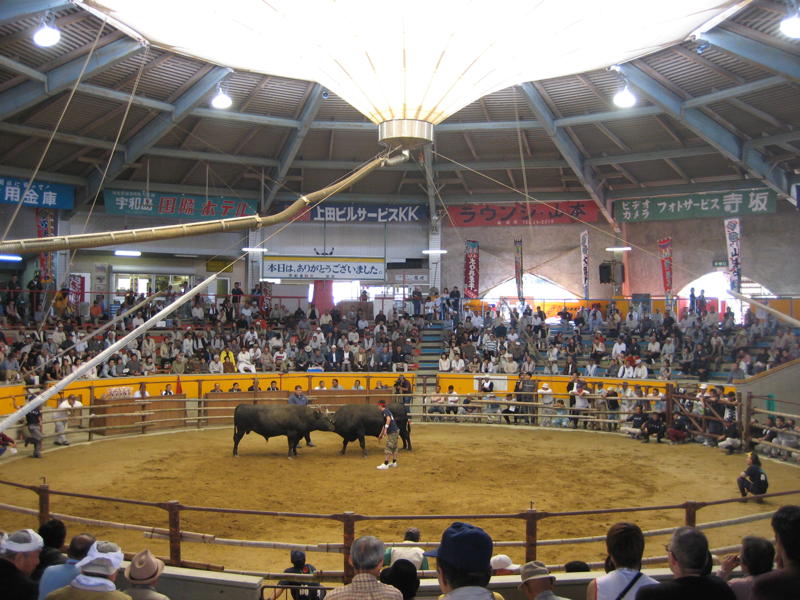

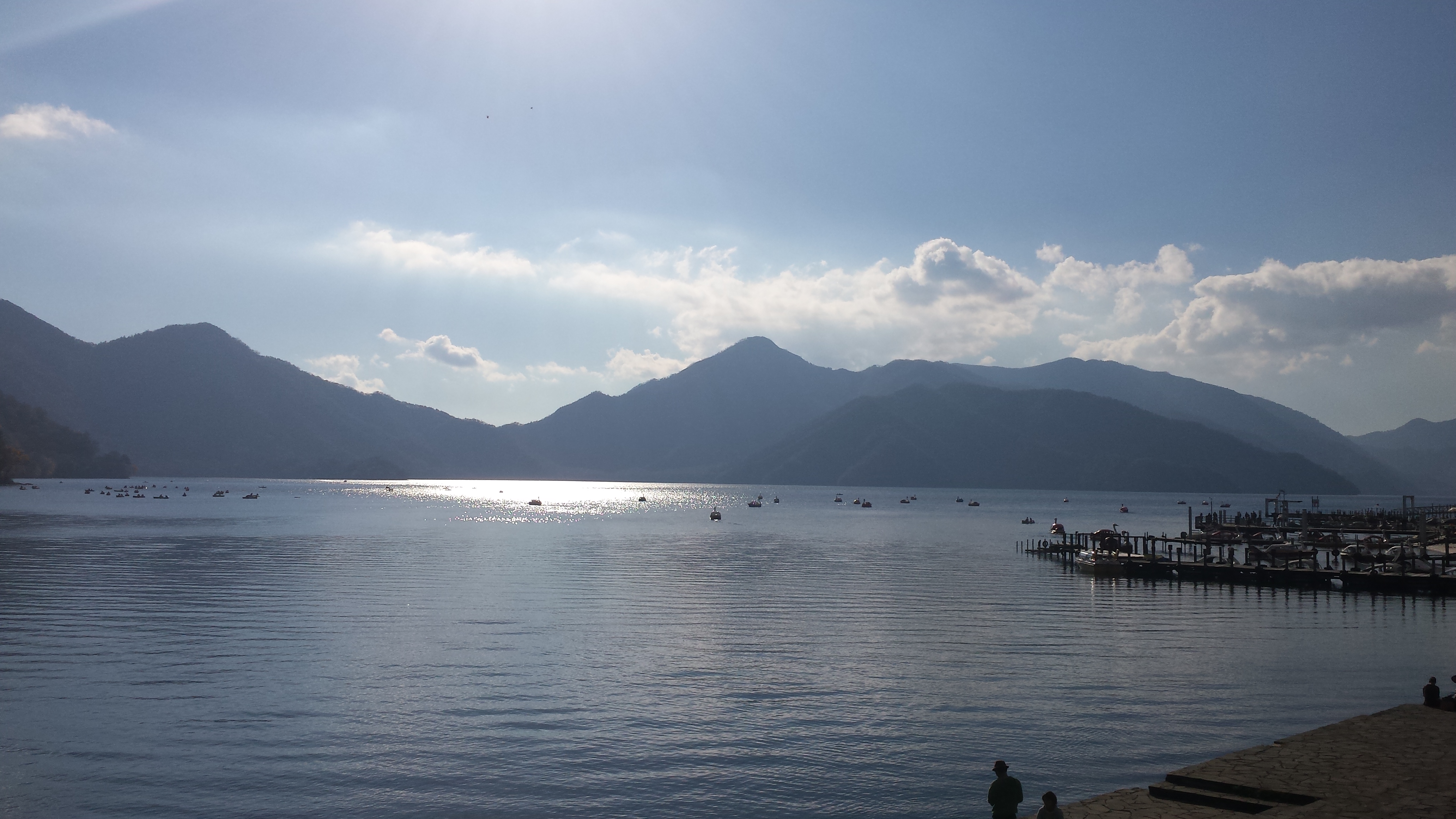

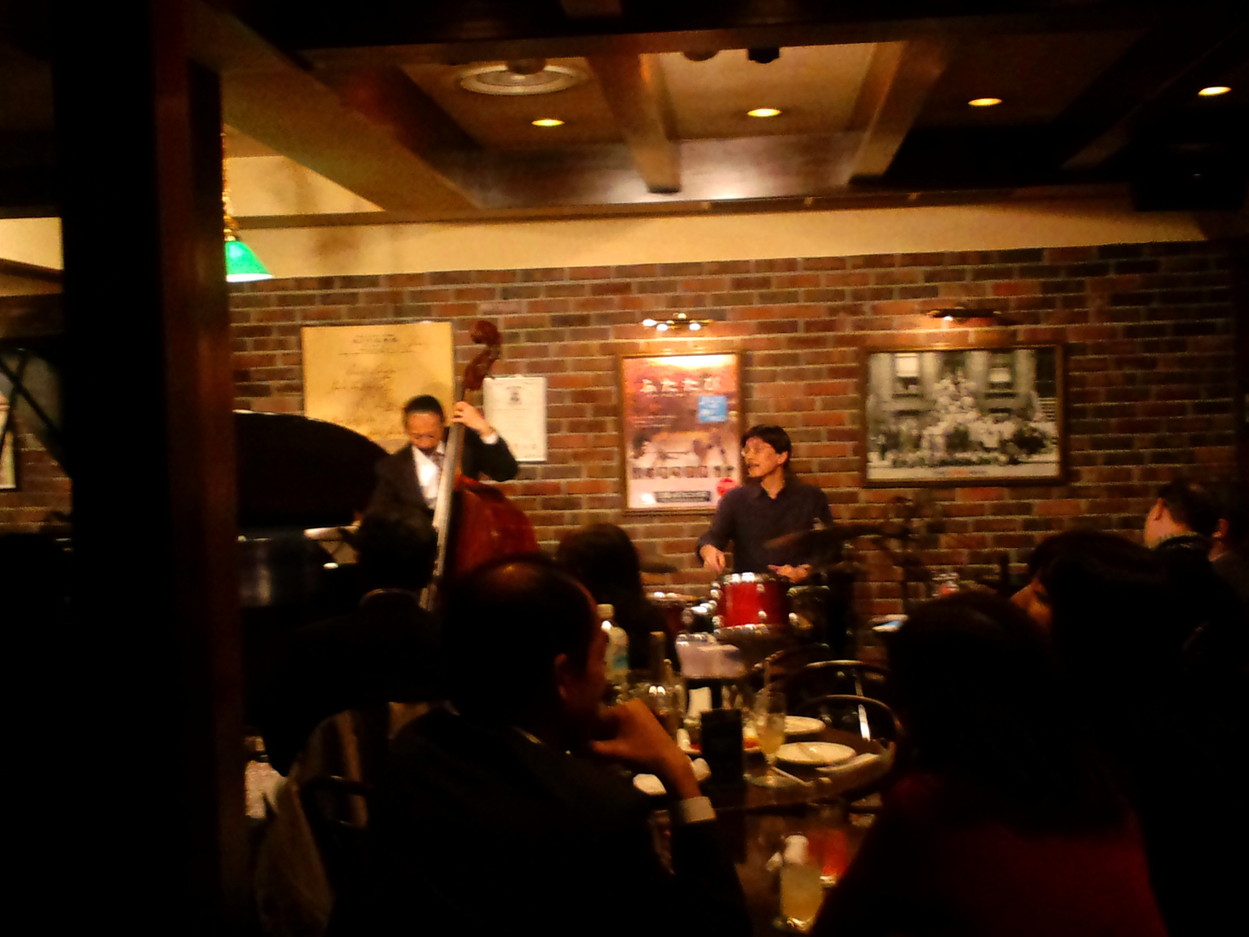
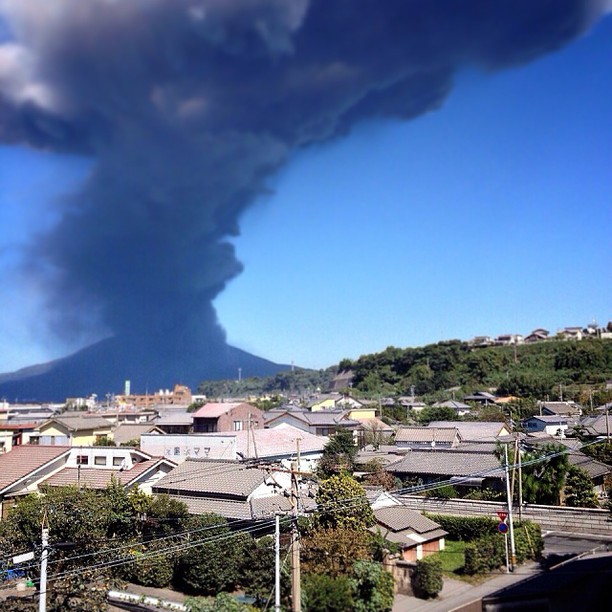
Very information-packed and humorous article! super interesting stuff about Ehime, a place I know nothing about.
Thanks! I hope you get to visit it someday!